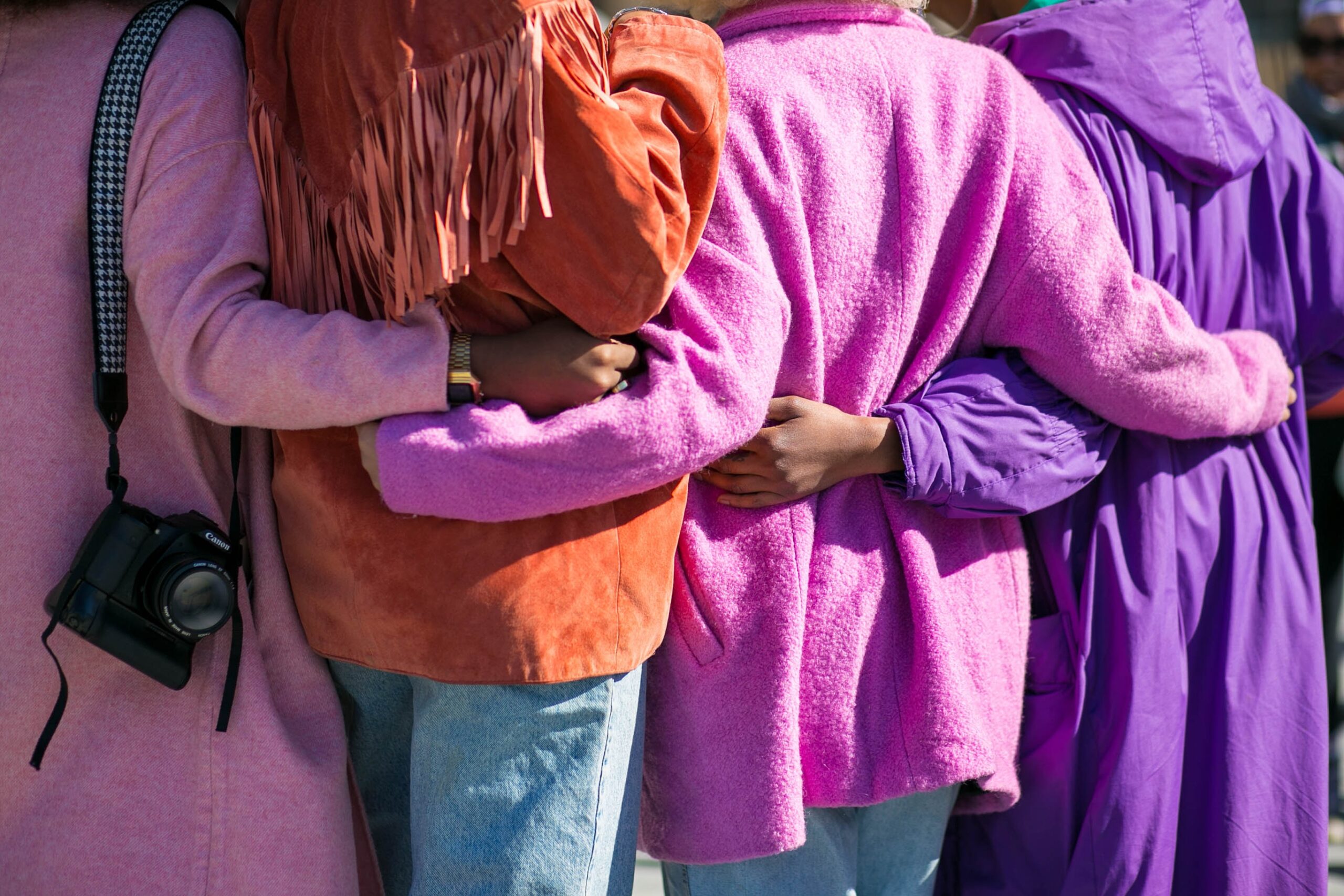Climate Action Strategies

Ready for climate change mitigation and adaptation?
Many organisations and communities are wondering how to address climate change, but are struggling with where to start or keeping momentum. We at Day of Adaptation can help! Take action by making mitigation and adaptation strategies for climate change and make your organisation and community more resilient.
There are different climate strategies?!
Let’s make a distinction between climate change mitigation and adaptation strategies. Climate mitigation strategies aim to reduce or prevent emissions of greenhouse gases before they are released into the atmosphere, for example reducing energy consumption. Adaptation strategies for climate change adjust existing practices to take expected changes to the climate into account. Adaptation can mean reducing damages, but also taking advantage of opportunities. For example, protecting infrastructure from floods or investing in early warning systems in preparation for extreme weather.
Many groups are focused on climate mitigation strategies – and that can certainly be a good place to start. But taking a proactive stance on adaptation strategies for climate change as well will help respond to climate impacts in a forward-looking way, ensuring the resilience of your organisation and community.

Identifying relevant risks and opportunities for climate change mitigation and adaptation
Making mitigation and adaptation strategies for climate change may feel daunting, but if you start by mapping out the risks and opportunities in your surroundings, it becomes easier to find what areas to focus on.
Drafting climate mitigation strategies requires mapping out the greenhouse gas emissions of your organisation and community to see where reductions can be made, and identifying potential vulnerabilities in your work and surroundings. Knowing where your emissions are coming from helps make focused measures. You can prioritise cutting emissions where they are high, and eliminating the easiest to cut emissions first – we love picking low-hanging fruits first, right?.
Adaptation strategies for climate change can be very localised for the specific conditions in your surroundings, as climate impacts vary based on the location. That is why organisations and communities conduct risk assessments that identify risks and opportunities that are relevant for the specific sectors and the geographical locations. Just to give you an idea, climate risks can relate to the value chain of an organisation, such as physical damage to infrastructure, or external factors, such as regulation impacts to a community. Identifying where your group may be vulnerable to climate risks helps set priorities for action. Investing in climate adaptation and resilience can be a big help in preparing the organisation and community for the future.

Creating climate change mitigation and adaptation strategies
Creating strategies for climate change mitigation and adaptation is as easy as 1-2-3! The first step is to get a committee to work on the issue. The group will be responsible for mapping the current emissions and making recommendations. Clearly communicating the goals of your mitigation and adaptation strategies for climate change also helps your organisation and community succeed in reducing emissions and building climate adaptation and resilience.
Education on climate change can also help the broader team at your organisation and community understand and accept the recommended measures for climate change mitigation and adaptation.
It is important to make sure the climate team has the resources they need. This includes access to relevant information across the operations of the organisation, financial resources to plan and implement the climate mitigation strategies, and institutional support from leadership.
Next, you need to find the right tools for measuring and tracking. There are many climate measurement tools to track and report the effects of climate mitigation strategies. Be smart and check out what others are doing. For example, you can look into the Science-Based Targets Initiative to see what action companies are taking for mitigation. Adaptation strategies for climate change need to be highly localised, but you can check out climate change adaptation examples that will help your organisation build measures for climate adaptation and resilience.
Inclusivity in your mitigation and adaptation strategies for climate change
Inclusivity means providing equal access to opportunities and resources for people who might otherwise be excluded or marginalised, such as those having physical or intellectual disabilities or belonging to other minority groups. It is an important principle for making plans that stakeholders accept and will work towards, whether that includes your staff, customers, neighbouring community, or suppliers. Including relevant groups in the discussions while creating your climate mitigation strategies can help you avoid setbacks later in the implementation of the measures. Creating opportunities for dialogue and education on climate change mitigation and adaptation help increase climate change awareness and action, contributing to a sense of ownership across important groups.

Creating momentum for action
Remember that you don’t need to know everything when you first get started. Implementing your first mitigation and adaptation strategies for climate change will help you learn in the process. Good climate action strategies need to be updated as information, skills, and available tools and technologies improve. The level of ambition can always be ramped up – the important thing is taking the first step.
One way to get people at your organisation involved in setting adaptation strategies for climate change is organising a climate action day. Dialogue Day can help your team find ways to talk about sustainability, while the Game Day brings excitement through a climate adaptation game.
Taking part in short-term initiatives will create enthusiasm and momentum to get the whole team aware of the effort to build climate adaptation and resilience at the organisation and community. Remember, alone we go fast, together we go far – climate change mitigation and adaptation can only go as strong as your team is willing!
Contact us
info@dayad.org
+31 (0)6 16692266
Follow Us
Registration information
KvK 73411620
RSIN 859523202
Privacy Policy

